
When the cylinder is used with a clamping mechanism, there is a danger of work pieces dropping out of it if there is a decrease in clamping force due to a drop in circuit pressure caused by a power outage. Therefore, safety equipment should be installed to prevent damage to machinery and human injury.
D 8 I m + mL kgm Find the gripper's moment of inertia. b a+b 12 I = m + mL kgm a Find the actual moment of inertia.
Y B G A 90 B 90 B G A D Note 1) 90 G A H X X X D Note 1) D Note 1) B B B F E F F E A H A G G RG RT RS B 296 305 C R310 R445 D 93 129 E 60 87 F 10 15 G 6 7 B 296 309 C R390 R495 D 93 129 E 60 87 F 10 15 G 6 7 B 299 307 C R350 R440 D 93 129 F 10 15 G 6 7 H 610 700 A 600 743 A 680 797 A 643 740 15 32 15 32 15 32 Y Note 2) Y Note 2) Y Note 2) X 558 to 573 685 to 708 X 518 to 533 558 to 581 X
Insert a hexagon wrench from the bottom of the pad, loosen the screw and remove the old pad from the adapter. Adapter z 2. Place a new pad on the adapter, and after confirming that the O-ring is in place, retighten the screw with the hexagon wrench. Pad O-ring inside x Hexagon wrench Pad diameter: 40, 50 1.
When a surge generating load such as a relay or solenoid is directly driven, use a type of switch with a built-in surge absorbing element. 4. Since the type of applicable fluid varies depending on the product, be sure to verify the specifications. The switches do not have an explosion proof rating. To prevent a possible fire hazard, do not use with flammable gases or fluids. 5.
Blanking block assembly (VCA30, 40) VVCA 3 0 2A 00 3 4 Series VCA30 Series VCA40 This is used when a blanking block is mounted on a manifold as preparation for a planned valve installation.
Next, IB is entered to find IA the moment of inertia for the rotation of shaft (A) as a + b 2 2 A = ( ) b a 2 B = m 12 No. of teeth = b 11-10-3 4 Technical Data 3: Theoretical Output 5.
Use caution, as there is a danger of being burned if a valve is touched directly. 2. Valves may reach high temperatures when continuously energized. Use caution, as there is a danger of being burned if a valve is touched directly. SOL. AC AC SOL. Without light AC SOL.
Position of rotation axis: Parallel to side b and passes a center of gravity. 1=m 12 a 2 1=m 4 r 2 oWith a load at the lever end rThin rectangle board (Parallelogram) Position of rotation axis: Perpendicular to the board and passes through center line. 2 1 2 2 a +K 1=m1 +m2 3 a Ex.)
Install a suitable filter (strainer) immediately upstream from the valve. As a general rule, use 80 to 100 mesh. Caution 1.
B A 32 6 7 7 8 40 11 13 12 14 Aim at this number.
Piping and Speed Conrol 1) A single 3-position pressure center solenoid valve or two 3-port solenoid valves are used. (Refer to Figure 1 or Figure 2.) 2) A meter-out-type speed controller is used for ports A and B and a meter-in speed controller is used for ports C and D.
B T Y L Depth ED T 4-LD PA K 4-MM Counter bore depth C Thread depth M F QW PB N A E depth EK Q + Stroke G Z + Stroke Stroke adjustment screw (inner cover) LW A A HP H HL HA HA HI TA TA R 4-J Depth JK Thread depth PC (from counter bore surface) 2-P 2-Counter bore dia.
Caution indicates a hazard with a low level of risk which, if not avoided, could result in minor or moderate injury. Caution: Warning indicates a hazard with a medium level of risk which, if not avoided, could result in death or serious injury. Warning: Danger : Danger indicates a hazard with a high level of risk which, if not avoided, will result in death or serious injury.
If a workpiece is still being held, there is a danger of it being dropped. 7.
Caution indicates a hazard with a low level of risk which, if not avoided, could result in minor or moderate injury. Caution: Warning indicates a hazard with a medium level of risk which, if not avoided, could result in death or serious injury. Warning: Danger : Danger indicates a hazard with a high level of risk which, if not avoided, will result in death or serious injury.
The cylinder should be operated using a connection method which allows for shaft alignment variations and deflection due to the cylinder's own weight. A drawing of a recommended mounting method is shown in Figure 1.
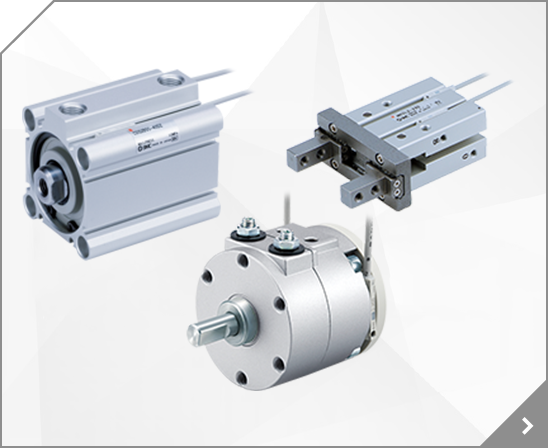


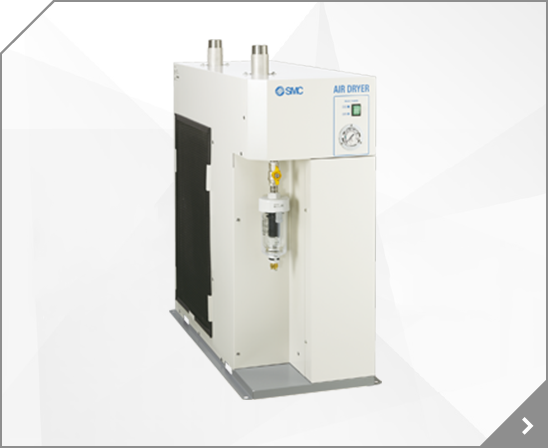
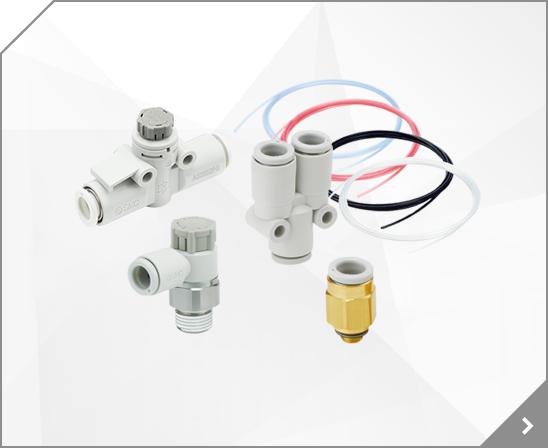
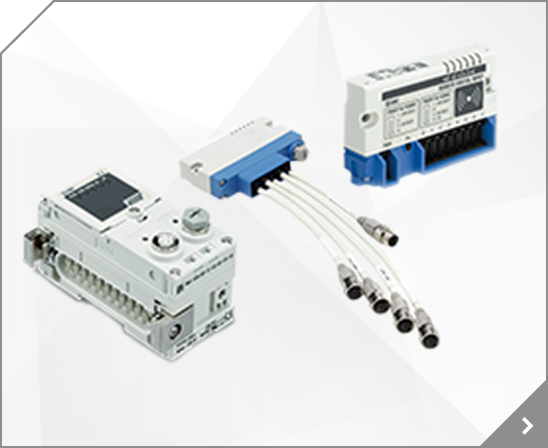
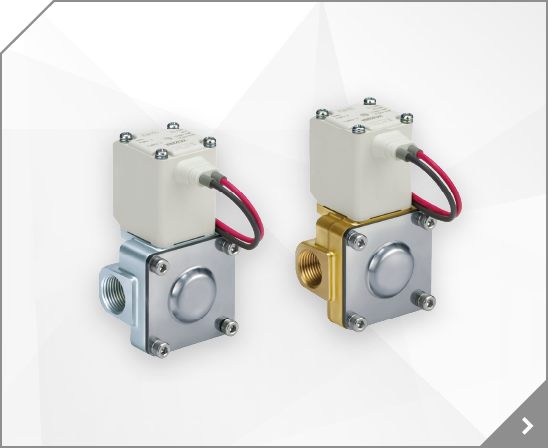
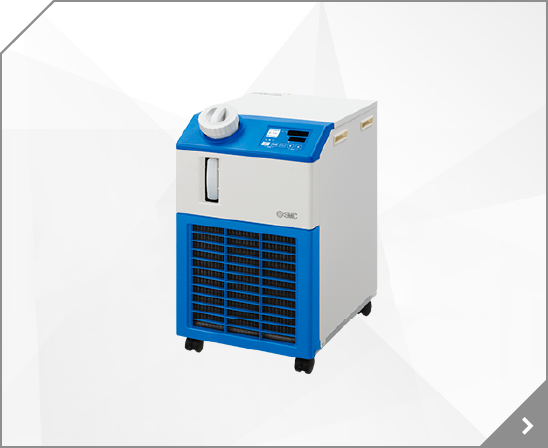
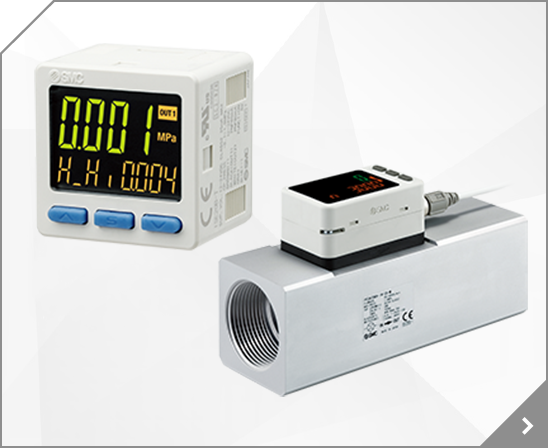
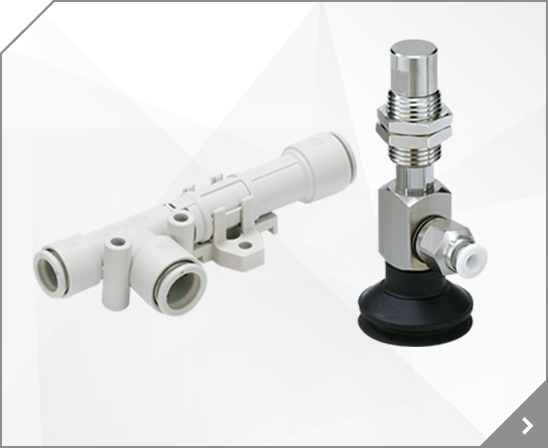

 MGF
MGF